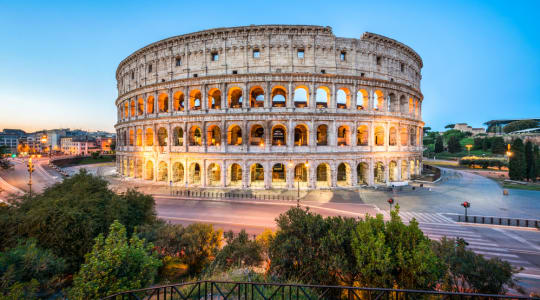
The Colosseum is an ancient amphitheater located in Rome, Italy. It was built in 70-80 AD under the rule of Emperor Vespasian and completed by his son Titus. The Colosseum is one of the most iconic symbols of ancient Rome and is considered one of the greatest works of Roman architecture and engineering.
The Colosseum was primarily used for gladiatorial contests and public spectacles such as animal hunts, mock sea battles, and dramas based on classical mythology. It could hold an estimated 50,000 to 80,000 spectators and was renowned for its advanced engineering, which allowed for efficient seating arrangements and quick crowd dispersal in case of emergency.
Over the centuries, the Colosseum has suffered significant damage from natural disasters, neglect, and human activities, including vandalism and looting. Nevertheless, it remains one of the most visited tourist attractions in Rome, attracting millions of visitors every year. The Colosseum is also a UNESCO World Heritage Site and an iconic symbol of the Roman Empire's grandeur and legacy.
Explore Near Colosseum
Discover 5 attractions, 5 cities, and 2 airports within 75km. Perfect for planning day trips, finding connecting flights, or discovering new destinations to explore during your visit.
Nearby Attractions & Places to Visit
5 destinations within 614m - 1.1km from your location





Nearby Cities Worth Exploring
5 destinations within 1.6km - 32.8km from your location
Airports Near Colosseum
2 destinations within 13.2km - 22.1km from your location
Cross-Border Adventures Near Colosseum
Discover cross-border adventures near Colosseum. Explore neighboring countries with similar attractions and extend your travel experience across borders.










